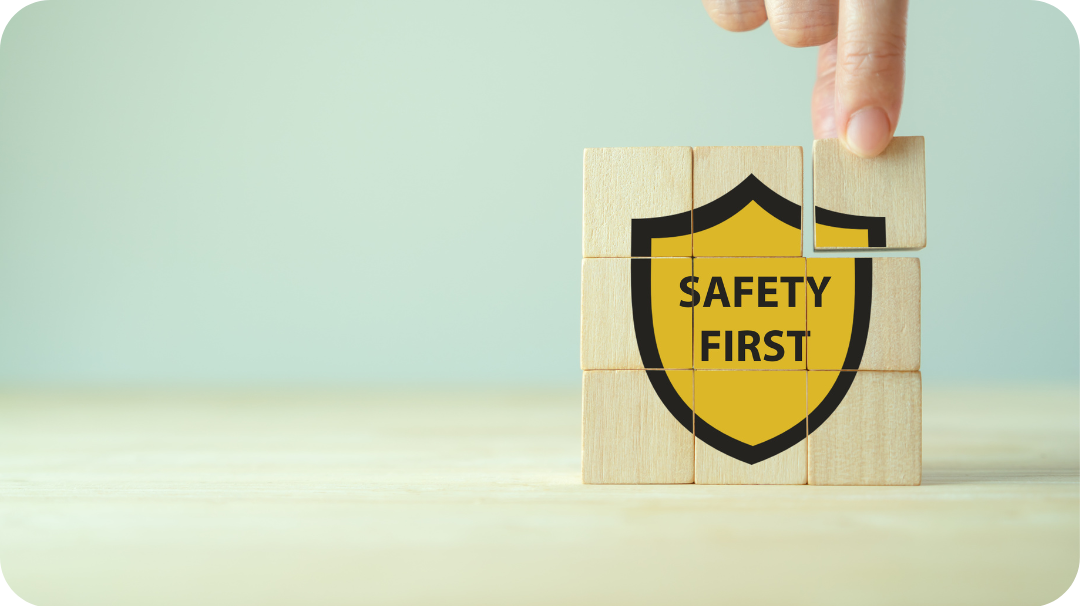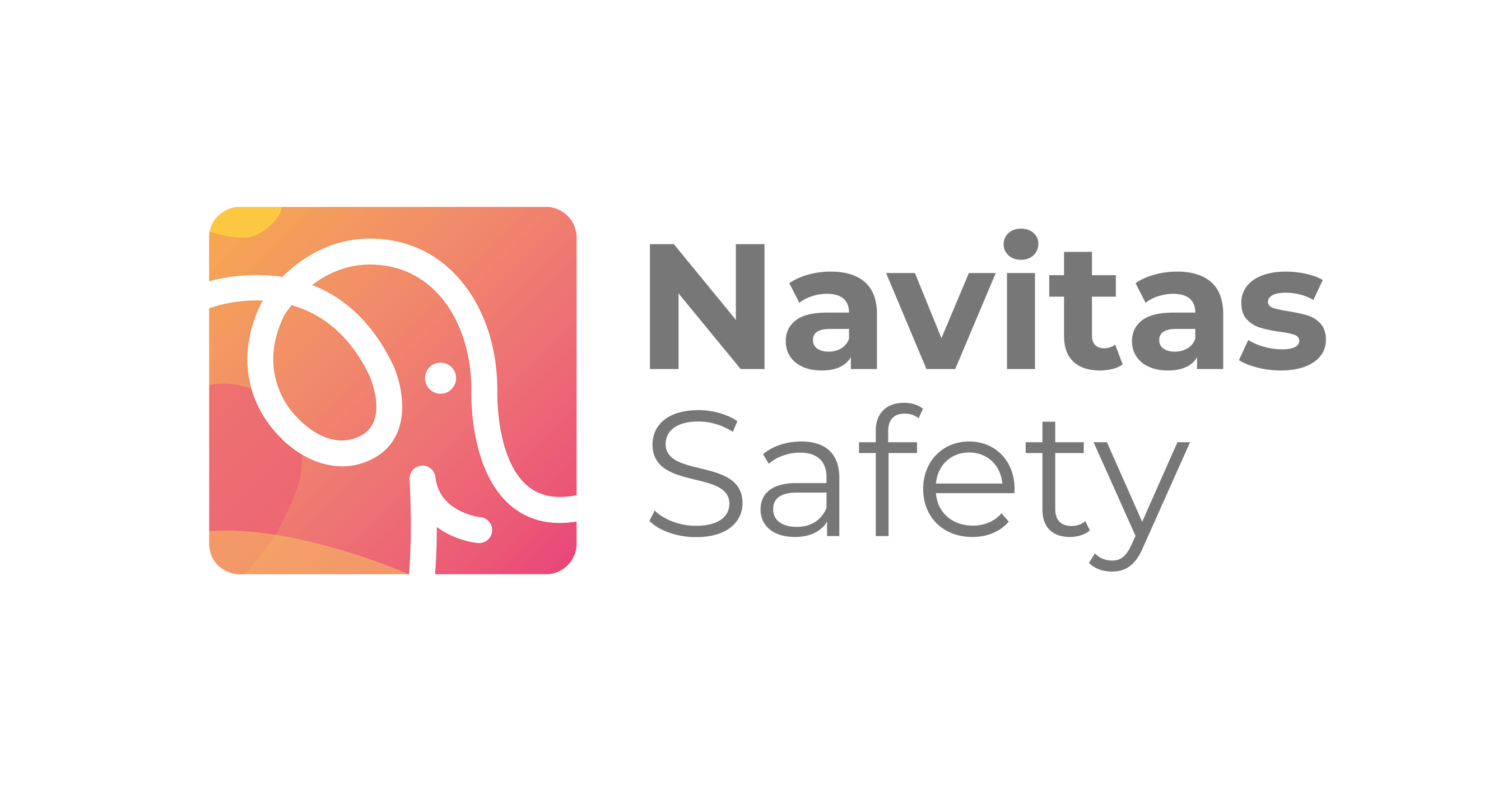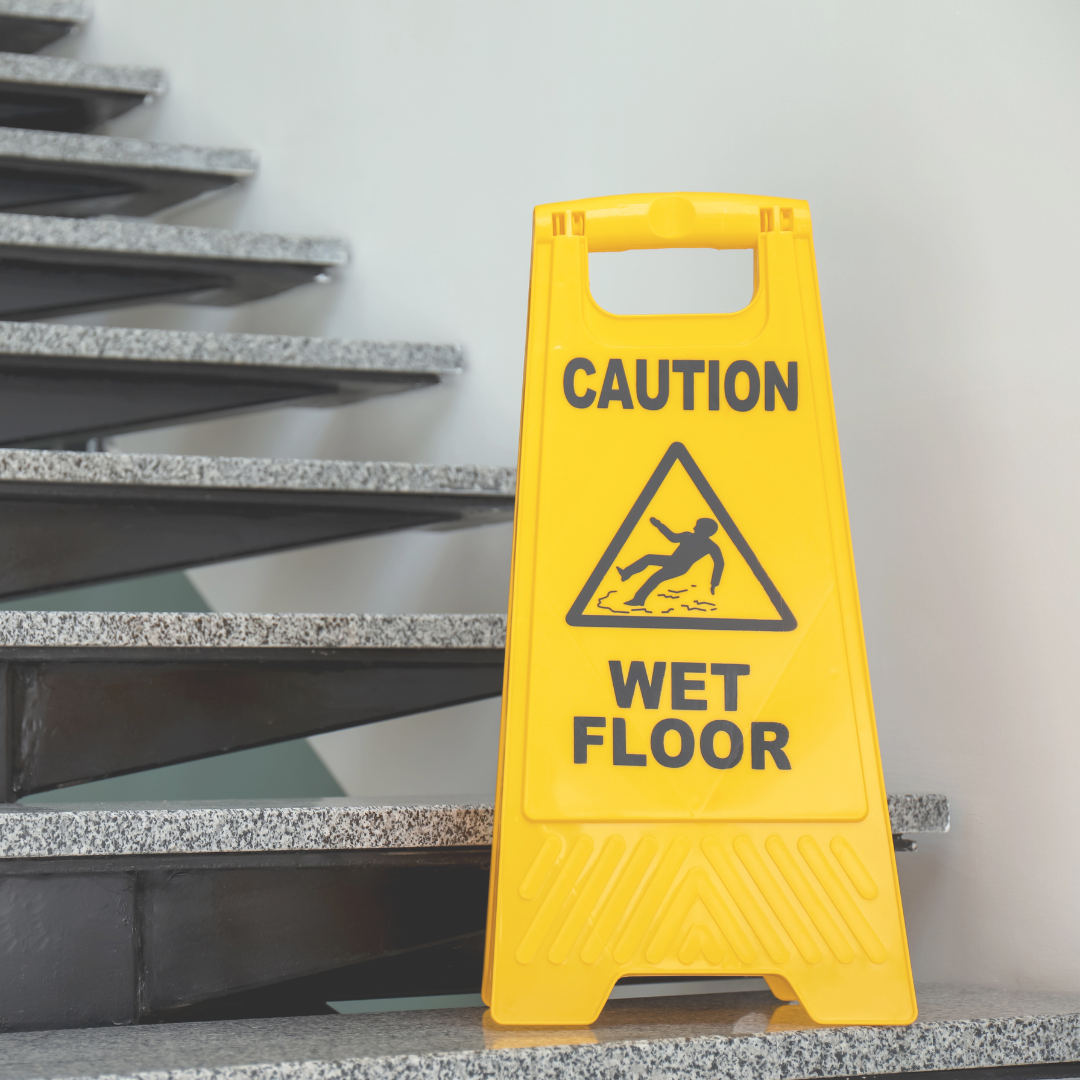In any workplace, safety should always be a top priority.
While accidents may grab our attention due to their immediate impact, near misses often go unnoticed or are brushed aside. However, these near misses hold immense value and should never be taken lightly. They serve as early warnings, providing crucial insights into potential hazards and giving organisations an opportunity to rectify issues before they escalate into accidents.
In this blog, we explore why near miss reporting is important, discuss best practices for reporting near misses, delve into different types of near misses, and highlight an example near miss follow-up procedure.
Why is it Important to Report Accidents and Near Misses?
So, why is it important to report accidents and near misses?
Near misses may not result in physical harm, but they can serve as indicators of underlying safety concerns.
By reporting near misses, organisations can identify areas that require attention, take proactive measures, and prevent accidents from occurring in the first place. Near miss reporting offers several benefits, including:
- mitigating risks,
- raising awareness about workplace hazards,
- and fostering a safer working environment for everyone involved.
Additionally, it allows organisations to detect patterns or repeat concerns, enabling prompt action before it’s too late.

Best Practice Near Miss Reporting
Organisations should adhere to certain best practices to establish an effective near miss reporting system.
These include:
- Reporting and investigating all near misses: No near miss incident should go unreported. Every incident, no matter how seemingly insignificant, holds valuable information for improving safety.
- Easy-to-understand reporting forms: The near miss reporting form should be simple and straightforward. Make it easy for employees to provide accurate details about the incident. Navitas Safety’s Incident Management Software allows you to effectively manage near miss reporting in one digital evidence trail.
- Introducing a near miss motto: Adding a touch of fun and engaging the team can increase the likelihood of near miss reporting. Mottoes such as “see it / say it” or “don’t walk by” can help emphasise the importance of reporting.
- Educating employees on identifying near misses: It is essential to ensure that everyone in the organisation understands what constitutes a near miss. Providing training and clear guidelines will help create a shared understanding.
- Near miss training and refreshers: Regular training sessions and refreshers should be conducted to ensure that all employees are aware of the correct reporting procedures and the reasons behind them.
- Analysing near miss data: Careful analysis of near miss data can help identify the root causes of potential accidents. This analysis enables organisations to eliminate or mitigate underlying hazards before they lead to accidents.

Types of Near Miss Incident
Near misses encompass a wide range of incidents where no injuries occur but have the potential to cause harm.
Here are a few near miss incident examples:
- A kitchen porter stumbling on the stairs but managing to regain balance without falling.
- A food service assistant bumping their leg on an open dishwasher door without sustaining an injury.
- A general manager tripping over a loose cable but avoiding a fall.
- A chef quickly responding to remove an oven cloth that was dangerously close to an open gas flame on the hob.
These incidents often arise due to improper hazard communication or unsafe behaviours.
Near Miss Reporting:
Example Follow-Up Procedure
To demonstrate the practical steps involved in near miss reporting, here is an example procedure:
- Immediate reporting: The employee should report the near miss to their supervisor or line manager as soon as it occurs.
- Formal reporting: The responsible individuals should report the near miss through the designated channels outlined in the organisation’s policy. For example, via Incident Management Software.
- Investigation: If necessary, a thorough investigation should be conducted to determine the cause of the near miss.
- Remedial actions: Once the cause is identified, appropriate measures should be implemented to minimise the risk of the near miss reoccurring.
- Regular reviews: Periodic reviews should be conducted to evaluate the effectiveness of the implemented controls.
- Additional training: If required, additional training should be provided to address any knowledge or skill gaps related to near miss prevention.

Near miss reporting is a critical component of maintaining a safe and secure workplace.
By recognising the importance of a near miss incident and establishing robust reporting procedures, organisations can proactively address potential hazards and prevent accidents before they happen.
Prioritising near miss reporting not only helps mitigate risks but also fosters a culture of safety and continuous improvement.Remember, every near miss is an opportunity to learn, adapt, and create a safer working environment for everyone.
If you’re interested in learning more, Hospitality Allergen Support UK have produced a report on understanding best practice and potential barriers to managing Near Miss issues.
If you need help with your safety processes, speak to a member of our safety team who will be able to advise you on how to operate safely.
Subscribe for more safety content updates:






